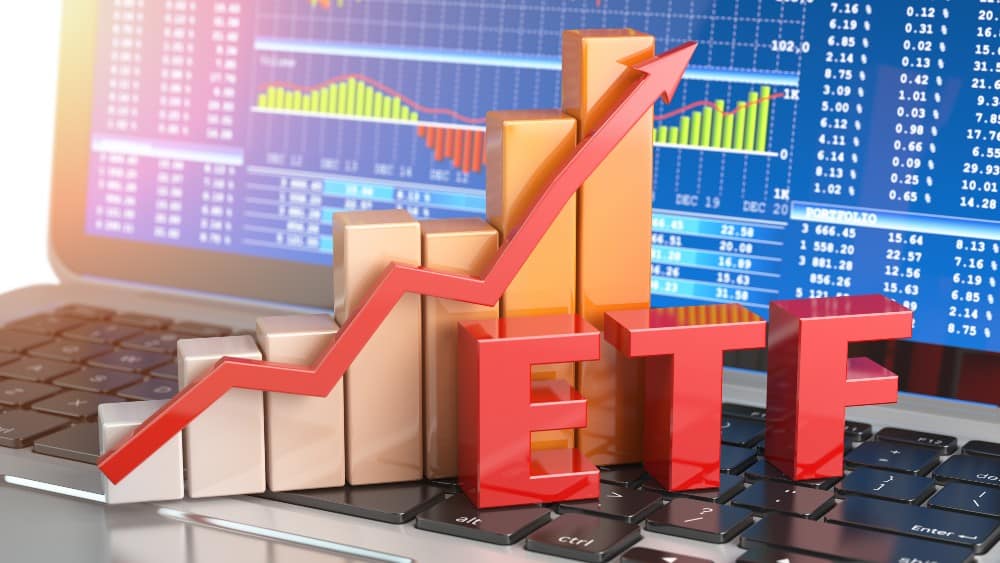Investing in good international securities is challenging, unless they are cross-listed and traded on the local market. But if your aim is broad international exposure — i.e., to markets instead of specific foreign stocks, international ETFs are the way to go. You can invest in specific “segments” or the whole market with the relevant ETFs.
And if international exposure is your goal, there are three ETFs you may consider looking into.
An international ETF
When looking for a geographically diversified portfolio, one interesting choice is Vanguard FTSE Global All Cap Excluding Canada Index ETF (TSX:VXC). This gives you exposure to several international markets at once and an impressive number of international stocks — over 11,000. Geographically, the U.S. companies carry the most weight in this ETF (about 61%), followed by Japan (6.3%).
This means that the U.S. market has a lot of sway in how this ETF performs. From a performance perspective, the ETF has been relatively consistent and modestly rewarding.
The ETF has returned over 80% since its inception in July 2014, and if we add its distribution to the mix, the fund has doubled its investors’ capital in this ETF in over eight years. It also comes with a modest management expense ratio (MER) of 0.21%.
A European ETF
Europe is an excellent place to start if you want to invest in a specific region. BMO MSCI Europe High Quality Hedged to CAD Index ETF (TSX:ZEQ) gives you exposure to 127 European companies. About 50% of the fund’s weight is concentrated (not equally) in three countries: Switzerland, the U.K., and France. It comes with a medium-risk rating and an MER of 0.45%, which is on the higher side of an ETF.
The fund offers quarterly distributions, and the current yield of 2.35% is quite decent. The fund also doesn’t disappoint when it comes to performance. It returned over 50% to its investors in the last five years and about 115% since its inception (Feb. 2014). If the fund keeps performing the same way, you may expect great returns if you hold it for an adequate length.
A U.S. ETF
This is usually the first place most Canadian investors start when looking for geographic diversification. And a U.S. ETF like RBC Quant US Equity Leaders ETF (TSX:RUE) can be an excellent way to access the U.S. market. It gives investors exposure to some of the best long-term growers in the U.S. market. Currently, the portfolio is made up of 175 companies, with IT as the leading sector.
Thanks to the underlying stocks, the ETF has performed exceptionally well since its inception (May 2015), and at its peak, it offered about 125% growth in around six-and-a-half years. And that doesn’t include the quarterly distributions the fund makes. It has a medium-risk rating, and the MER is relatively high at 0.44%, though it may be the best grower out of the three.
Foolish takeaway
Whatever side of the ETFs vs. index funds debate you lean toward, two out of the three ETFs might be the right fit for you, as they both follow an index. And with the three ETFs in your portfolio, you gain access to multiple international markets and decent growth potential.









